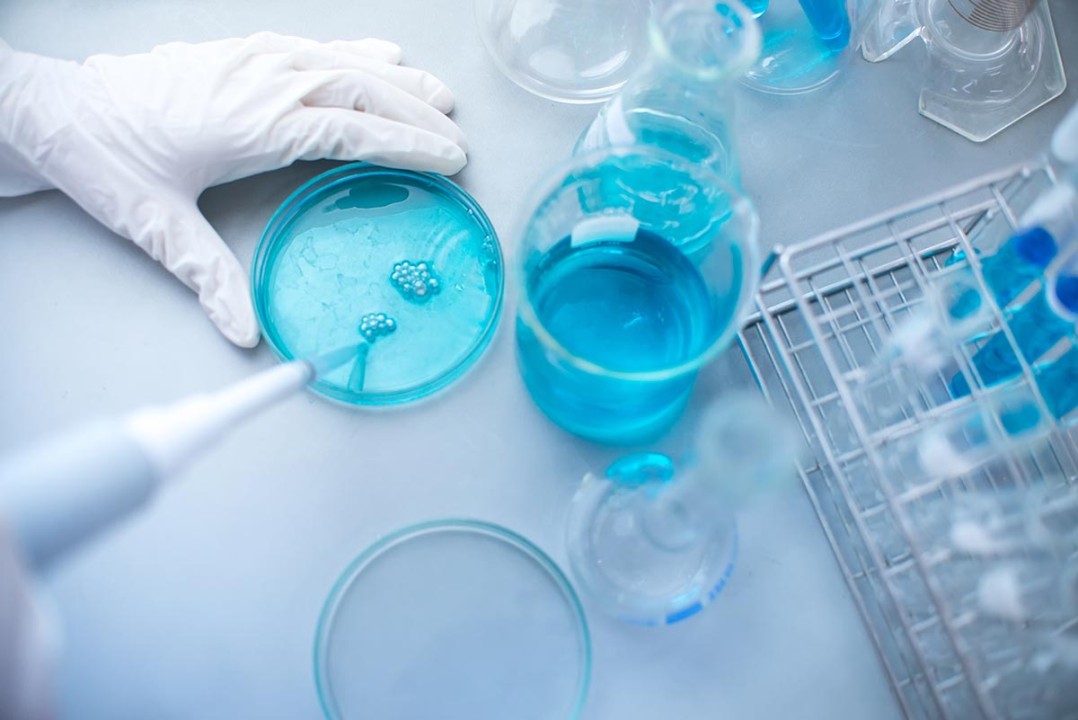
Clinical pharmacology is a broad subject studying the interactions between a drug and the human body. Pharmacokinetics and pharmacodynamics are two crucial components of clinical pharmacology. Pharmacokinetics and pharmacodynamics (PK/PD) study the interactions between the chemical and physical properties of a drug with the complex biochemical human processes. These determinations are crucial for evaluating the safety and efficacy of a drug product.
The US FDA is in charge of assessing and approving drug products in the United States. They are primarily responsible for the safety and efficacy of drug products entering the market. As PK/PD forms the basis of a safe and effective drug product, the FDA mandates efficient and reliable PK/PD analysis. Let us dive deep into PK/PD analysis and understand the essential differences between PK/PD.
Pharmacokinetics vs. pharmacodynamics
The primary difference between PK/PD is that pharmacokinetics studies the drug movement through the body while pharmacokinetics studies the body’s response to the drug product. Put differently, pharmacokinetics studies how a drug is absorbed, distributed, metabolized, and excreted (ADME) from the body, and pharmacodynamic studies the effect the human body has on the drug product.
As described earlier, PK characterizes ADME properties as a function of time, while PD determines drug response as molecular or biochemical interactions. Understanding PK/PD properties are crucial for the success of every drug development program. Moreover, around 25% of information on the drug label or drug package insert comes from PK/PD studies. Hence, adequate planning for PK/PD studies can help accelerate the development and approval of a potential drug product.
As PK/PD data help decode the interactions between a drug and the human body, they are crucial in the drug development process. Moreover, companies use PK/PD data to decide dosages and understand drug interactions in clinical trial designs. Besides, clinicians and healthcare providers use the PK/PD data on drug labels to prescribe medicines to different populations. For example, drugs for the younger versus the elderly individuals or patients with or without liver impairment. Hence, understanding the importance of PK/PD data, several pharmacokinetic services offer extensive PK services to drug development companies.
Single Ascending Dose studies and Multiple Ascending Dose (SAD/MAD) studies are crucial first-in-human studies. SAD and MAD studies are critical for generating early PK data for subsequent human trials. SAD studies are one of the first studies in the human population for a new drug product. Researchers administer single doses of a new drug product to assess its effects. Once the initial dosage is successfully tested, researchers then increase the dose levels.
Multiple Ascending dose studies are generally coupled together in SAD MAD clinical trials. Post-SAD studies, researchers administer multiple doses of new drugs. As most drugs need repetitive administration, MAD studies provide critical real-world drug data. Hence, SAD and MAD PK studies are vital steps for generating safe and efficacious doses for successive human trials.
Must Read: Understanding the Working of the Meso Scale Discovery Platform
Conclusion
PK/PD characteristics are vital for producing safe and effective drug products. However, understanding the primary necessities and comparing profiles of different PK services is essential before choosing a partner laboratory.



